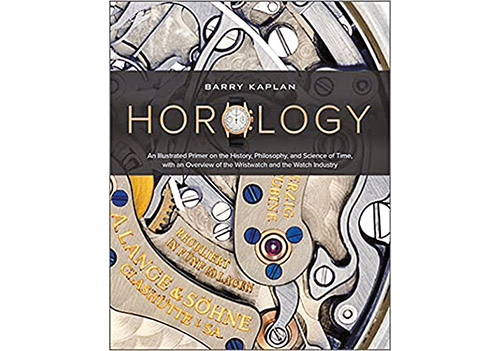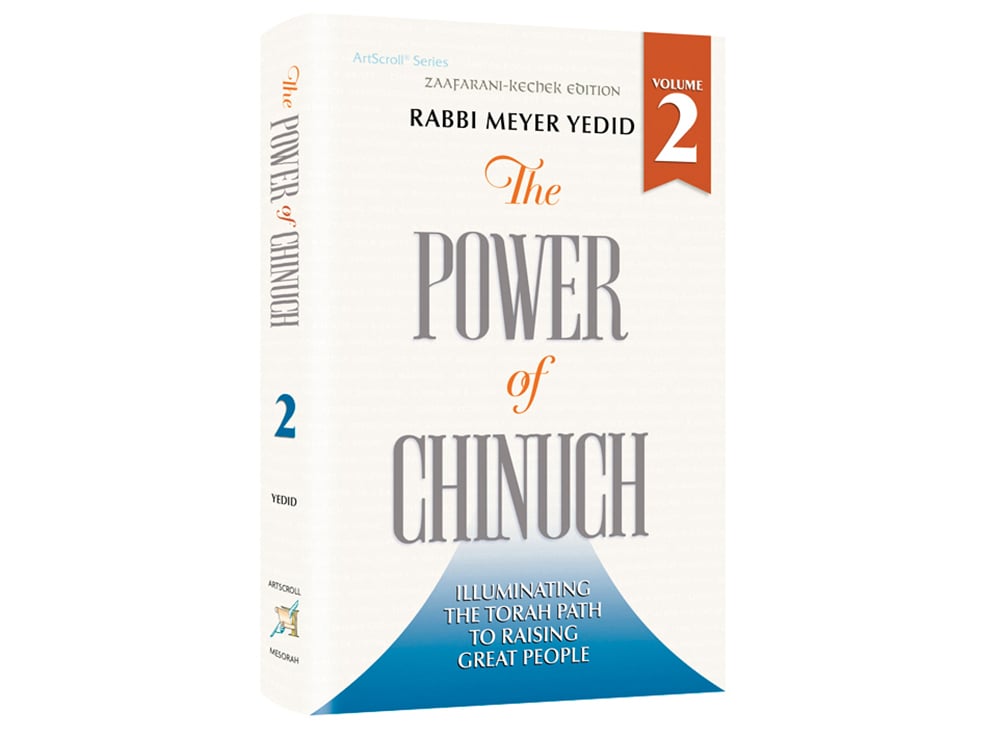
Reviewing: “Horology: An Illustrated Primer on the History, Philosophy, and Science of Time, with an Overview of the Wristwatch and the Watch Industry” by Barry B. Kaplan. Schiffer. 2022. English. Hardcover. 320 pages. ISBN-13: 978-0764363924.
How much do we really know about time?
Observant Jews rely on the concept of time to begin and end Shabbat, determine when to pray and decide how long one must wait between eating meat and dairy. Most of us take the concept for granted without giving it a second thought.

In a fascinating new book, “Horology,” Teaneck resident Barry Kaplan provides an “illustrated primer on the history, philosophy, and science of time.” “We are surrounded by time. It is our whole existence,” said Kaplan, “yet we know relatively little about it.” “Horology” is a comprehensive overview that covers traditional watchmaking while also examining the philosophy and measurement of time, the possibility of time travel and the emergent smartwatch industry.
Kaplan founded his own online jewelry company in 2003, which evolved into the full-fledged third-generation company that he runs today. The book is the result of 20 years of material accumulated for his watch and jewelry business website. Kaplan saved tidbits and “snippets of information, factoids,” and quotes about time for possible future use, which ultimately became the framework for the book. Kaplan’s goal was for the reader “to open any page and come away enlightened.”
Most people attribute the concept of timekeeping to the early Egyptians or Babylonians. In an absorbing appendix, Kaplan presents the translated text of the Pirkei De Rabbi Eliezer that shows that calculations of hours, days, months and years actually date to the creation of the universe when God passed the information to Adam. Calendars and time are noted as far back as the days of the Patriarchs. Calendric calculations are also noted during the time of King Solomon with the first recorded notice of the calculations of pi (3.1415). Ramban also wrote about the “Big Bang Theory” as early as the 13th century CE.
“I was fortunate to attend hundreds of hours of shiurim by Rabbi Dr. Akiva Tatz, whose metaphysical understanding of Torah gave me a lot to work with,” said Kaplan. “I think the Torah aspect and the secular aspect went hand in hand. I was disappointed that numerous sources mention that the Hebraic calendar extended only as far back as 600 BCE and I wanted to change that faulty perception. Very few secular works incorporate Judaic approaches to time, whereas the Greeks, Egyptians or Persians get first billing.”
For those who like to know how things work and are designed, there are sections on the mechanics and movements of watches and common designs and functions. Surprisingly, a relatively small portion of the watches presented are for women, but Kaplan notes that “women who love watches prefer the same things (function and design) as are in the men’s watches and view them as objects of art.” With watch companies making the same designs in slightly smaller sizes that are preferred by both men and women, “there is no need to sacrifice the look.”
Kaplan’s dedication to the field and his thirst for knowledge extended to his learning to read Italian to be able to read the multiple books and premiere publications for the industry that are published only in that language. While he may not be able to speak the language fluently, he is able to keep up with current watch-industry trends.
“My grandfather was a Swiss-trained watchmaker,” said Kaplan. “He died before I was born, but his clocks and watches lay around our home when I was growing up. They always fascinated me. I love writing about time and learning about time. If anyone has snippets or suggestions for me especially regarding Judaic time telling and its origins, I’m always delighted to learn more.”
The book is written in a way that makes it easy to start at any section and not have to go from the first page to the last. Kaplan found sections formed from other parts of the book that were ancillary and “kept bumping into subject matter that was so interesting that I wanted to include it in the book. For example, the Namibian Himba tribe and the fact that they don’t have a native word for the color blue.”
Kaplan confirms that a watch is a very personal purchase and depends on the wearer’s lifestyle and design preferences. “Get the titanium watch if it is likely to be banged around, don’t go for the gold or platinum.” Kaplan himself owns relatively few watches, “maybe six actual working watches. I have been fortunate enough to sell (professionally) some of the rarest timepieces in the world, but don’t really have much of a desire to own them. Seeing them from time to time pass my hands is more than good enough.” His most cherished timekeeper is an old pocket watch owned and serviced by his late paternal grandfather.
What is next up for Kaplan? “I have heaps of ideas for children’s books about time, and maybe an updated version of the current book if one is ever requested.” Writing this one was “meditational, in a way” and was a wonderful way to introduce others to his passion for the industry. While not specifically “a Jewish text,” there are Jewish sources and perspectives along with other material, with nothing to offend.
“Horology” is an absolutely fascinating coffee-table-type book that will provide the reader with a new appreciation of time. The quotes, interesting footnotes, beautiful pictures, histories and stories provide something for everyone. As a perfect Chanukah or housewarming gift, it is available at all online bookstores and many brick and mortar ones.













